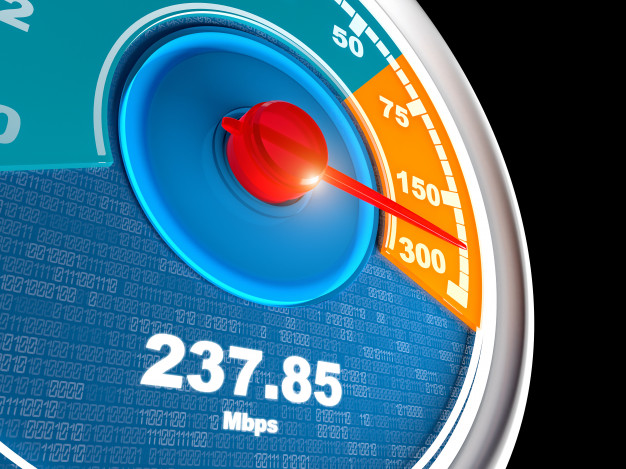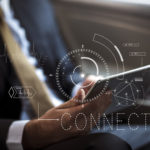There are different methods used for measuring the internet, and all these methods give different results. This can get confusing, not only for the consumers, but also for service providers. Here is a guide to the different methodologies for internet measurement. Listed below are their strengths and limitations.
Consumer Initiated Speed testing
This test is intentionally initiated by a person. The internet test occurs at places and in times that are relevant to the person who is taking the test. With every test, there is a recording of what the internet looks like in that specific test, and at what time. The individual experiences are aggregated together to represent the performance of the internet by the provider, or carrier, for a specific location. This speed test can be performed on a device like a laptop, computer, tablet, or smartphone.
This consumer-initiated testing can measure more than just the performance and speed of the internet. It can capture errors, jitters, packet loss, and other conditions of the network.
With this type of testing, people have the flexibility to test in any location, at any time. It can be done at shopping malls, airports, or even at home. A comprehensive view of the performance of the internet, including information about time, location devices, and service providers can be achieved by taking a critical mass of these tests.
The available server network for consumer-initiated testing needs to be geographically dispersed and large. As, this helps in representing the experience.

Drive Testing
Drive testing is currently used by mobile providers for gauging the strength of cellular networks. This is an old methodology that was used in the time of cellular phones. It was done by measuring the quality of the calls and the performance of the signal. The process of drive testing simulates lab testing conditions, which are precise. Thus, it works well for determining theoretical capacity, and also the limits of a cellular network. This drive testing works well for those companies that are looking to understand opportunities for investment.
Background Testing
The applications for background testing run tests periodically once they have been installed in a device. The tests run all times and at any time. This testing generates a good amount of data. Because, there is constant testing going on when the device is on. This is preferred for providing information on a long-term trends about measurements and performance. This background testing is used by vendors who do not have a very large user base.
Passive Testing
Passive testing is another form of background testing that can monitor the usage of the network of other apps on the mobile device. This can also measure the usage of the network of the overall device. The benefit of passive testing is its ability for determining the performance of the services and apps which a person uses on their device. These test results are indicative of the internet experience which a person receives.
Read more articles







